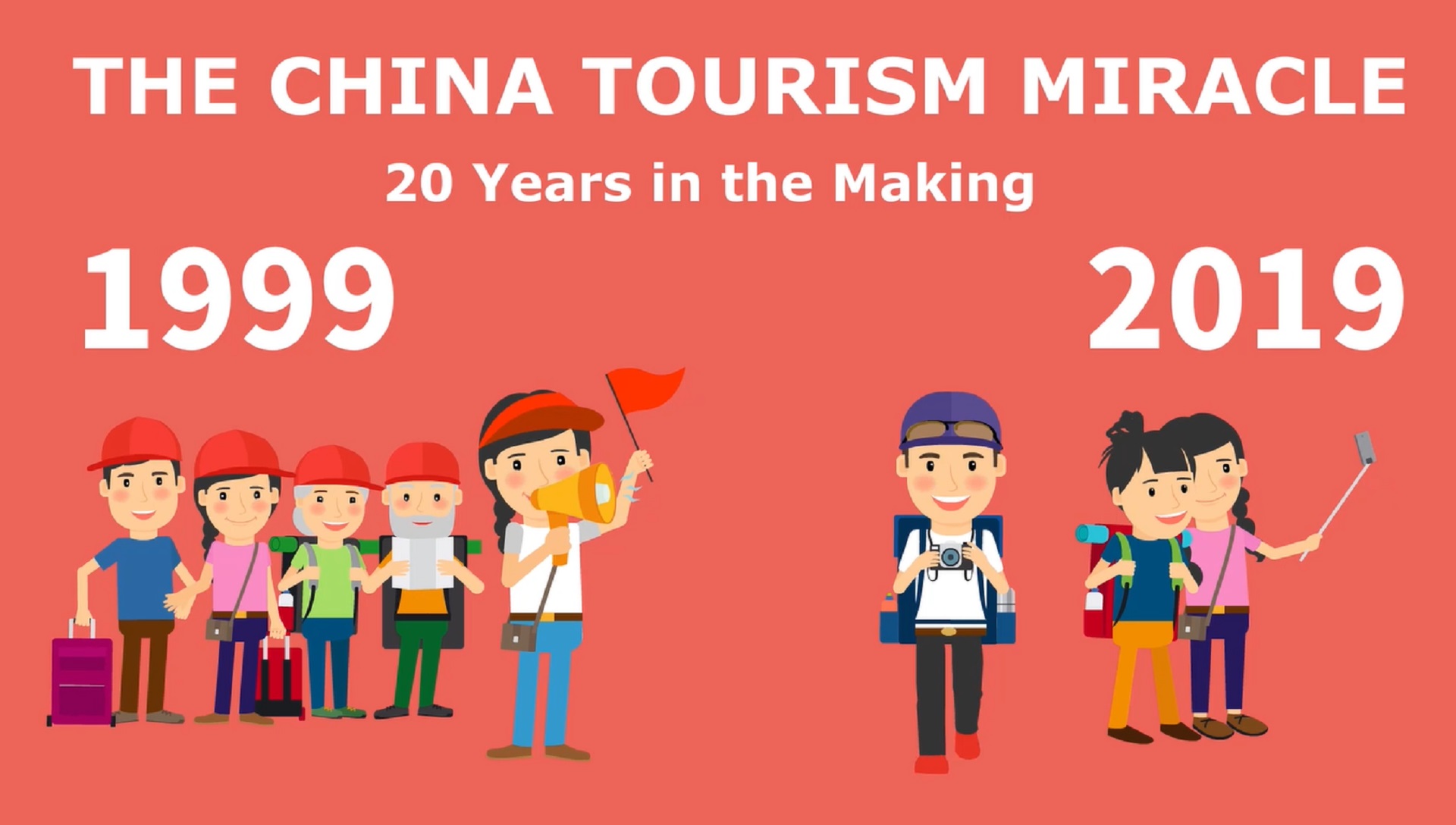Just 20 years ago, outbound tourism from China was nearly non-existent. Now, the world plays host to approximately 140 million Chinese tourists annually, according to the China Tourism Academy, a research institution affiliated with the China National Tourism Administration.
This immense transformation demonstrates just how quickly China can develop, and how hard it can be for international brands selling to the market to know how to get a handle on it. This week, travel-focused digital marketing agency Dragon Trail Interactive hosted an exclusive London event, premiering their new animated film “The China Tourism Miracle.” Dragon Trail is also celebrating its own ten-year anniversary, having worked to introduce over 80 clients to affluent Chinese consumers.
The company’s first ever summit will take place in Beijing from May 19 to 21 this year, where the film will be unveiled to the public for the first time.
So what is there to know? Well, the film tells the almost unbelievable tale of the Chinese tourism industry over the past 20 years. It takes the audience on a journey ranging from milestone events and developments in Chinese outbound and online travel, including the inception and growth of big names like Alibaba and Ctrip.com International, to the evolution of Chinese social media platforms like WeChat and Weibo. It also highlights shifts in the Chinese outbound travel market towards independent tourism, mobile booking, and other influential changes.
According to the film, Chinese trips abroad reached 117 million in 2016, cementing their place as the largest — and highest spending — outbound tourism market. The film emphasizes just how much brands stand to lose by not targeting the overseas Chinese traveler — a share of over $120 billion to be exact. It’s also vital to know just who you’re targeting, as Dragon Trail point out women now make up 58 percent of Chinese outbound tourism.

The film notes the advancements in WeChat that have helped Chinese travelers. Courtesy image
But with the stats and facts out of the way, Dragon Trail’s Communications Manager Sienna Parulis-Cook — who works as a Mandarin-speaking tour guide in Bath, England, in her spare time — emphasized how important it is to be constantly learning. “Chinese travelers are always evolving,” she told Jing Travel. “Because these changes are so rapid, people outside of China are at risk of holding onto outdated ideas and stereotypes instead of adjusting their understanding to better suit current realities — this includes things like assuming that most Chinese travel in multi-country group tours, and thus potentially missing out on opportunities from the expanding independent and semi-independent tourism markets, as well as niche segments like culinary tourism and adventure tourism.”
In 2018, Dragon Trail introduced Peru’s tourism board to the world of KOL (key opinion leader) marketing, by arranging a trip to Peru for Chinese influencers Ye Ziyi and Zhao Hong. Promoted through social media, videos of the KOLs gained over 16,000 views on WeChat and over 2,570,000 views on Weibo.
Parulis-Cook explained how digital tools — especially the growth of mobile apps — have had a significant impact on China’s tourism transformation, making international travel more accessible and easier for millions of Chinese people.
“We need to let go of the idea that Chinese technology is a copy of Western models and start realizing that in some areas — mobile payments in particular — we actually need to start catching up, so that Chinese tourists can enjoy the same technological advances abroad that they do at home.”



